How I went from fatness to fitness, in 10 steps!
At an age when many people are preparing for their declining years, I am feeling fitter than ever, and it was all triggered by a health crisis.
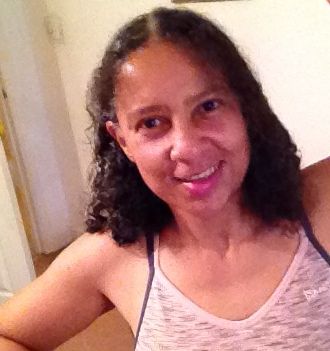
It wasn't a desperate, life-threatening crisis, thankfully – more of a chronic syndrome, one that I was left to my own devices to treat.
I had several symptoms which most people said were simply due to my advancing age of 55. I was expected to put on my carpet slippers, sit in front of the telly and forget about it. But after decades of being a fairly health-conscious, relatively healthy eater who did regular exercise (gym and running) I wasn't prepared to sit back and watch my health go into a tailspin in the space of a few months!
The symptoms of my sudden health downturn were:
• rapid weight gain of 28lbs
• constant fatigue
• a low and fluctuating body temperature – sometimes just 35C/95F
• a very low resting pulse rate of around 50 beats per minute.
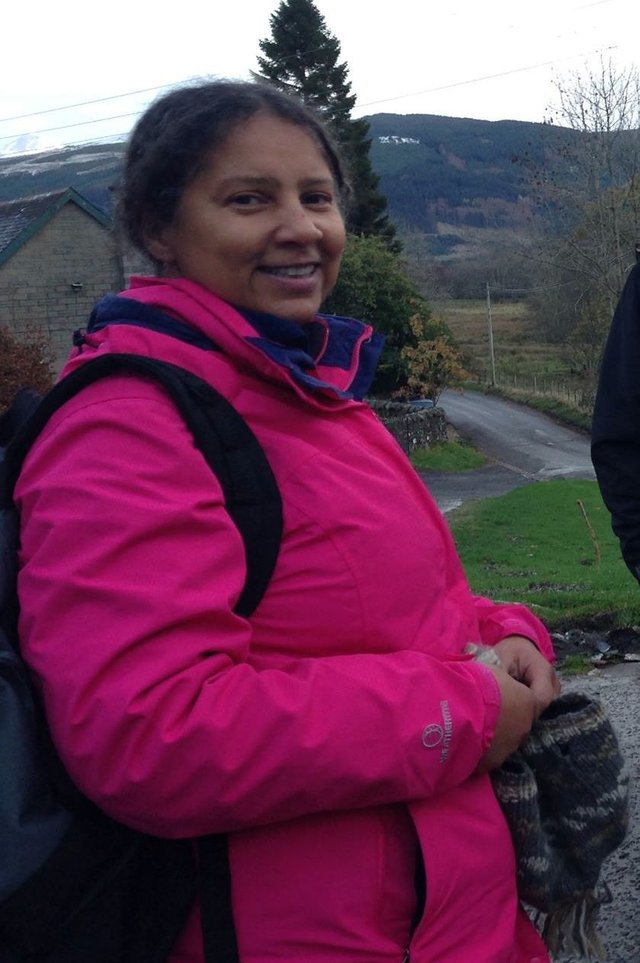
My BMI went up to 27.6, which put me firmly in the "overweight" category. If it had gone up 2.5 points higher, I would have been classed as "obese".
My initial attempts to reverse the situation and get back to health and fitness fell flat.
• I tried a number of healthy eating plans, including one month of raw food only – salads, nuts and seeds. I lost about 2lbs, which quickly went back on once I reintroduced healthy grains, beans, fish and eggs.
• I rested a lot and had a restful holiday in the hope of overcoming the fatigue. After a couple of months of rest, I realised that I was still exhausted.
• I tried to build up to a regular exercise plan, initially with running, which I used to love. But I found that if I ran for any longer than 20 minutes at a time, or any more regularly than two or three times a week, I would get a "crash", where I would be too exhausted to exercise for about a week. After a while, I decided to try walking instead. I found this much more manageable – I would sometimes walk for hours. And this led to Stage 1 in my fightback to fitness…
Stage 1: Trekking
I joined a walking group on Meetup. I started walking regularly with the group, once a week. This had immeasurable benefits for my health and fitness – we were out in the fresh air, walking for several hours at a time, exploring beautiful locations and meeting new people with a shared interest.
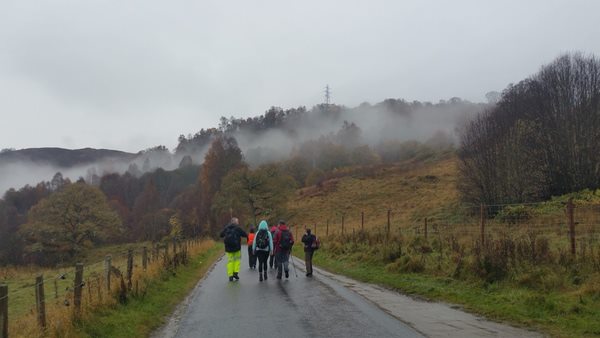
I became so enthusiastic about my new interest and the walking group, that after a few months, I was asked to become an organiser. I realised that this would be a great opportunity for me to organise hillwalks that I was actually capable of doing, as with my sluggish health and excess weight, I knew I would be unable to do the more challenging hillwalks that were so popular on Meetup.
Yet in the past I had loved hillwalking and had climbed some of the highest mountains in Scotland, known as "Munros" (hills higher than 3,000 feet/914 metres).
This led to Stage 2 in my fitness fightback:
Stage 2: Hillwalking
I took up regular hillwalking. The first hillwalk I organised covered an ascent of just under 400m – not the most difficult feat of mountaineering, yet I huffed and puffed my way up that hill, remaining at the back of the group most of the time. Despite this, I enjoyed it, made more new friends and had a great time.
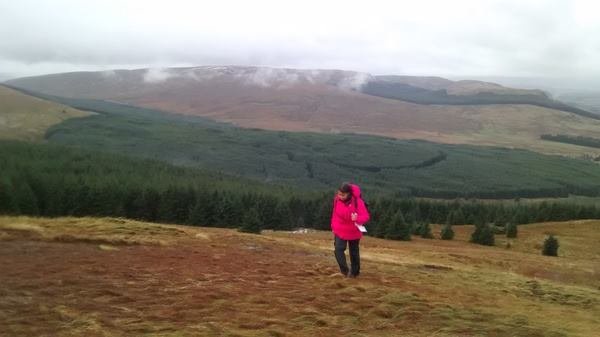
I continued to do long walks and hillwalks every single weekend. I did not lose one single pound of weight, and I continued to be very sluggish on the hills, always near the back of the group. But I believe I was developing muscle strength in my legs, and my ankles felt much stronger.
After I'd been doing regular hillwalking for about six months, I began to suspect that I might have an underactive thyroid. Blood tests showed me to be in (almost) perfect health. I say almost, because my cholesterol levels were quite high, at 6.9 mmol/L – healthy cholesterol levels are considered to be anything below 5 mmol/L. My test results did not distinguish between LDL (bad cholesterol) and HDL (good cholesterol).
I did a lot more research, and after reading The Iodine Crisis by Lynne Farrow and Iodine by Dr David Brownstein, I embarked on Stage 3 of my fatness to fitness journey…
Stage 3: High doses of iodine
This "high-dose iodine protocol" is a controversial one, and different people report varying results with it. It took almost a year for me to see positive results, but the improvement was significant. My temperature stabilised, I was able to lose weight, and my energy levels soared.
I have documented my progress in my YouTube series and on my website.
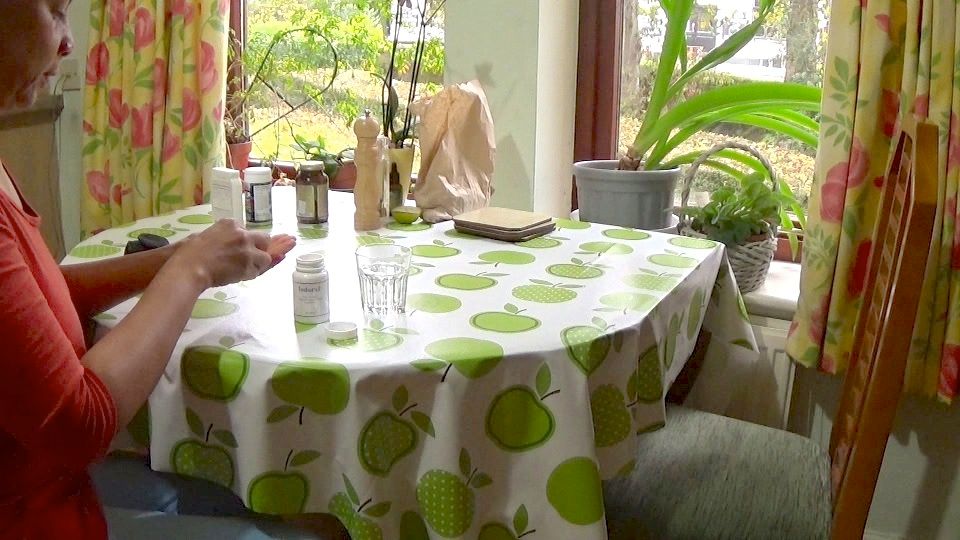
I have no idea why I developed subclinical hypothyroidism, as I have always been fairly health-conscious. It may have been a reaction to stress, as I was working very long hours at the time, and I may also have had a borderline iodine deficiency.
Shortly after I started taking the iodine, some friends persuaded me to join their team for an obstacle course event called Adrenaline Rush.
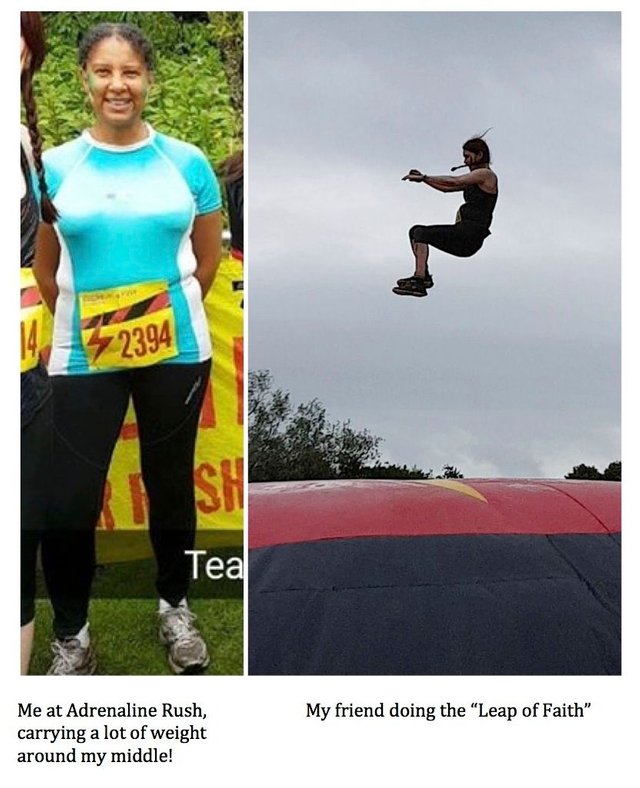
I had two main concerns:
• I'd built up the strength in my legs, but my upper body strength was like jelly!
• The final "obstacle" was the "Leap of Faith", a leap through the air of about 10 feet onto a big inflatable mattress. This made me nervous.
I hit on the idea of signing up for a lesson in autobelay at a local climbing wall that was offering an induction session and unlimited use of the wall and equipment for one week. I had never done any climbing before, but it sounded like a great offer. And so began…
Stage 4: Learn to climb
I LOVED it.
I certainly felt nervous during my autobelay induction session, when the instructor told me to simply drop back from the wall. The autobelay machine slows your fall, but it takes a few seconds to kick in. I didn't like it when the instructor encouraged me to climb right to the top of the wall and then refused to allow me to climb back down again – there was nothing for it but to trust in the autobelay machine to catch me.
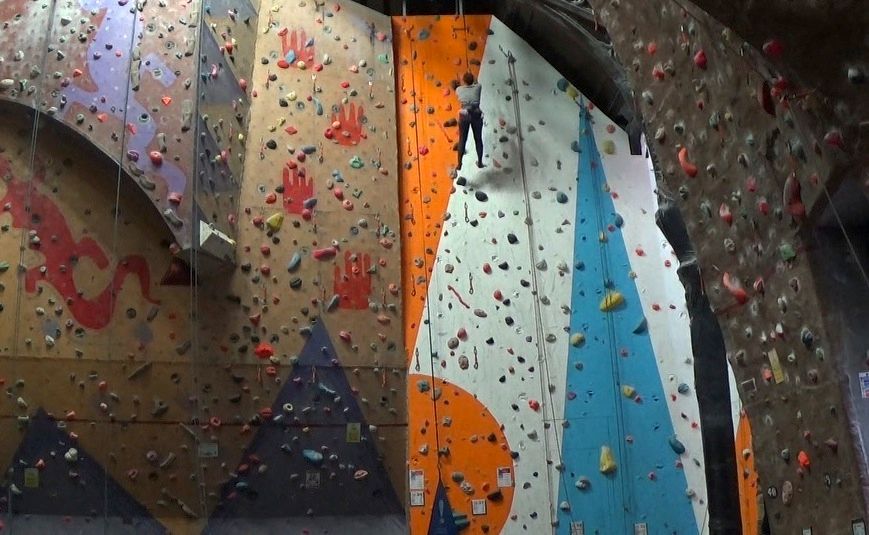
But when I had the chance to practice on my own, from lower heights initially, I soon got over my fear. Over the next week, my only interest was in reaching the top of the climbing wall.
I had become hooked.
The Adrenaline Rush event was fun, but mainly it showed me how ridiculously unfit I still was. At least I survived the Leap of Faith!
And it (indirectly) sparked off my interest in climbing. As the weeks went on, I found that I was so intent on getting to the top of that wall, that only when I reached the top would I notice how hot and sweaty I was.
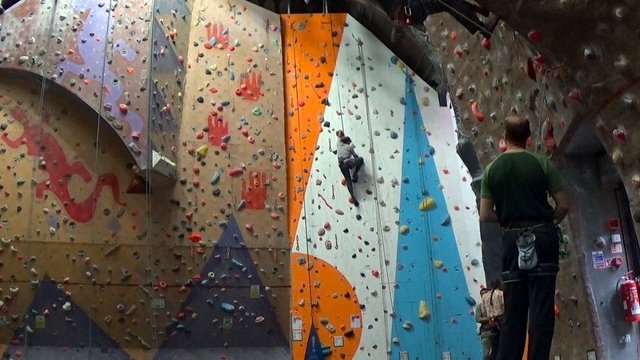
At the end of a session, I would be as pumped as if I'd spent an hour in the gym – but without the boring repetitions, or the mental struggle beforehand to convince myself that going to the gym was a good idea.
It became more of a struggle to keep myself away from the climbing wall when work had to be done! Especially when I started going along to evening sessions organised by another Meetup group, and a social aspect was added to the fun.
The only problem was, after a few weeks of enjoying my new-found sport, I started to get bad lower back pains, an on-off health issue that I've had going back a few decades.
I wasn't sure whether the climbing or my involvement in an organic gardening project was to blame. I thought it might have been a bit of both. I worried that I might be overdoing things, and decided to ease off the climbing for a while.
A couple of months later, I spotted a Meetup event for a Beginners Indoor Bouldering evening. I was intrigued. I didn't even know what indoor bouldering was, although I knew it was something to do with climbing and hillwalking. I actually thought it might be like an obstacle course where you had to climb over boulders. Anyway, I decided to go along, and this led to Stage 5 in my fitness fightback…
Stage 5: Indoor bouldering
Bouldering is actually just like climbing, except it's done without ropes or a harness. As a result, the floor is generally soft and bouncy (special mattresses are used when it's done outside) and the walls are not as high as climbing walls.
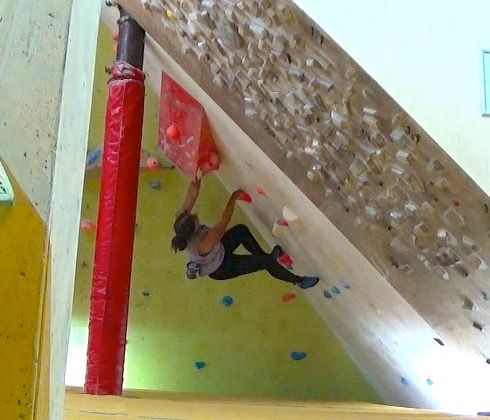
I absolutely loved bouldering, right from that very first evening. It was good to start doing it with a group of people who were also quite new to it, so we could help and encourage each other – again, there is a fantastic social aspect to bouldering.
When I was a child I used to love gymnastics (not that I was any good at it!). Bouldering and to a certain extent climbing have a gymnastic aspect to them. You have to develop flexibility and balance as well as strength in order to do well at these sports.
Indoor climbing and bouldering might not be to everyone's taste, but whatever you do to get fit, choose something that you absolutely LOVE doing – something that reminds you of the joy you used to feel as a child when you were playing your favourite game.
As I started to progress from absolute beginner to beginner-verging-on-intermediate with bouldering, I began to experience twinges in my lower back again. I looked for a solution, as I was determined that nothing would stop me doing my new favourite sport.
And this led to Stage 6 in my fitness fightback:
Stage 6: Yoga
I don't go to a yoga class, although years ago I used to. I simply searched online for "yoga for back pain" or something. Later on, I stumbled across a yoga for climbers YouTube. I found that if I followed the 18-20 minute video instructions before going bouldering, I wouldn't get the back twinges. My muscles would be pleasantly stretched and warmed up before I started.
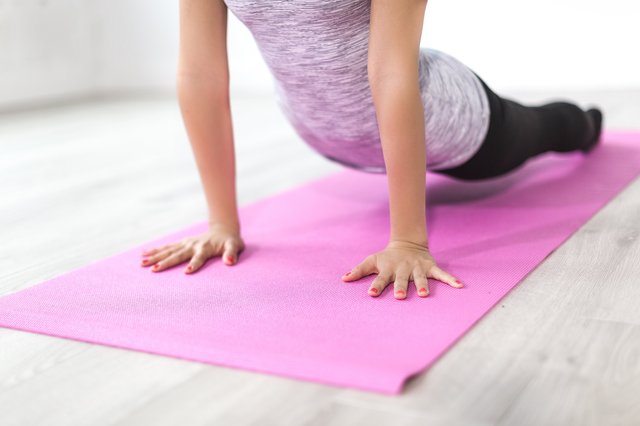
These days I don't do any bouldering or climbing unless I've done a 15-20 mins of yoga first.
I found some of the positions quite difficult to do at first, but over time they have become easier. I now realise that this was because my muscles were weak, rather than due to lack of flexibility. Yoga can be very strengthening, as well as promoting flexibility and suppleness.
I go bouldering or climbing, or both, at least two, or sometimes three times a week – so that's quite a fair amount of yoga, in small sessions. I've been doing the yoga regularly for about eight months now, maybe a bit more, and I think this quite relaxing effort is really paying off in terms of health and fitness.
But after enjoying my bouldering sessions regularly for about three months, I found myself at a stage where my muscles – especially my core muscles – were simply too weak to allow me to progress further. So that's when Stage 7 came into play…
Stage 7: Strengthening exercises
Before you groan with distaste, I never do more than 10 minutes of strengthening at a time. I don't have any gym membership. I occasionally follow a 10-minute core exercise routine on YouTube, and there's an open-air gym near where I live, so I sometimes stroll along there and do about 30 reps on the pull-down machine.
I've recently started doing a yoga routine on YouTube that focuses on core strengthening. Whatever core routine I do, I tend to do it on days when I'm not at the climbing wall or bouldering gym.
And I generally do a few reverse pull-ups in the bouldering gym when I'm there. This takes less than five minutes.
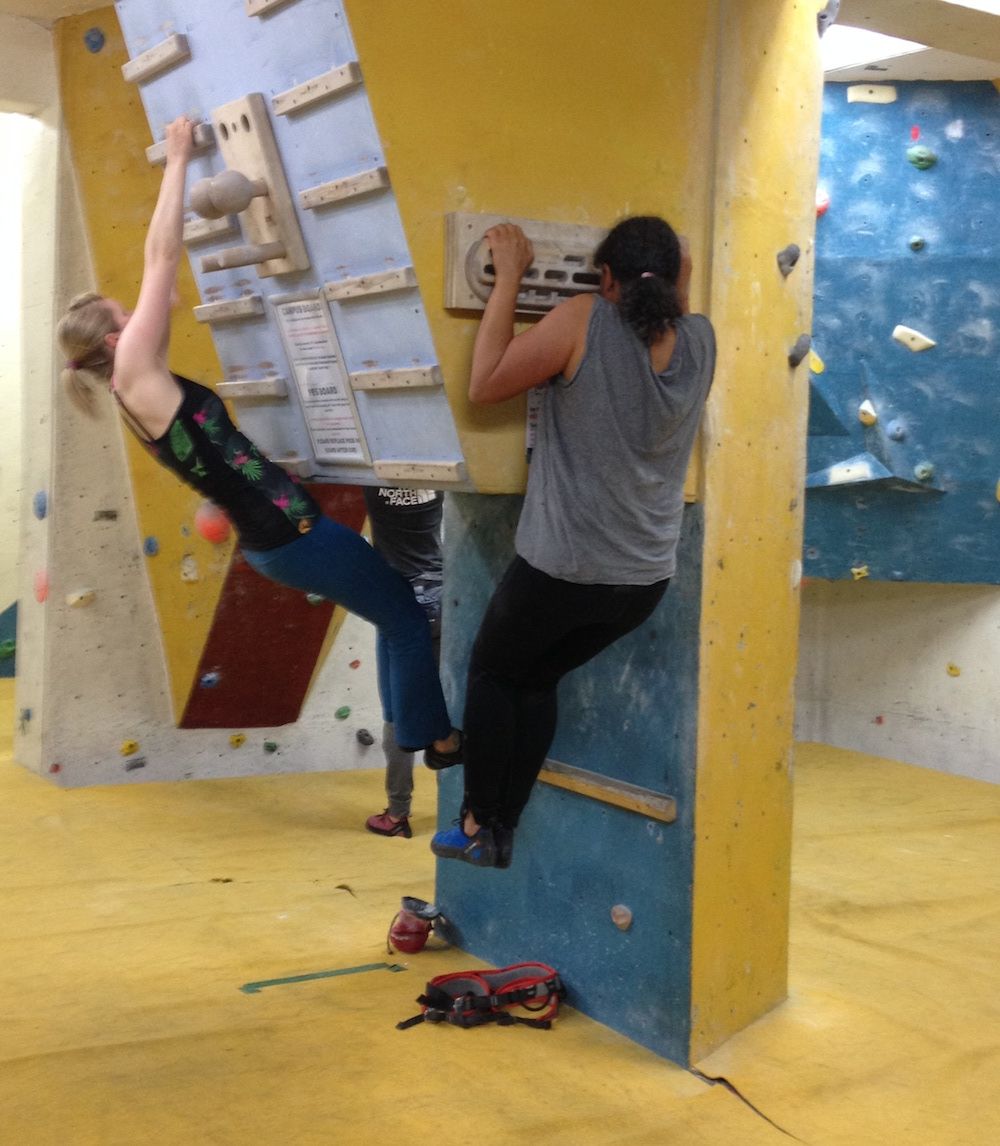
Without having to do any lengthy sessions of hardcore weight training at the gym, I've been able to significantly improve my core and upper body strength. My "bingo wings" (flabby skin on the upper arms) have been replaced by muscles, my core strength has markedly improved, and I have significantly increased my scapular strength and control (deltoids and trapezius).
My leg muscles have also strengthened up considerably, partly due to the regular weekly hillwalks, and partly due to the regular climbing. My legs have become much more shapely – although they are also speckled with bruises!
As my climbing, bouldering and hillwalking started to slowly improve, I became increasingly aware that I was having to lug quite a bit more weight up the mountain or the climbing wall than most of the others – not because I had an extra-large backpack, but due to the extra load of fat I was carrying, especially around my mid-section.
With my thyroid just beginning to show some signs of improvement – especially as my energy levels were starting to improve, in a fluctuating kind of way – I decided to have another go at losing weight.
I can't remember why I hit on the idea of doing the "Fast Diet", as it hadn't appealed to me before. I'd always found that reducing my food intake tended to make me obsessed with food. But I started doing some research into the subject, which soon led to…
Stage 8: Intermittent Fasting
I decided to try the 5:2 diet, which was promoted by the doctor and medical journalist Michael Moseley in his book The Fast Diet. I had watched the BBC Horizon programme on the diet several years earlier, but I was so sceptical about fasting at the time, that I remained unimpressed.
You live and learn.
I started doing a fast of less than 500 calories, two days a week, in early April of this year, and by November I had lost 31lbs. That wouldn't take me into "Biggest Loser" territory, but I find relatively slow and steady weight loss much preferable to a short, sharp crash, with the weight piling back on later.
Having reached my target weight, I intend to continue to stick to 500 calories or less for just one day a week, probably for life. I find it surprisingly easy to do, and it makes me feel good.
As the weight started to come off, I started feeling so much better. But I couldn't help noticing, on non-fast days, that my sugar cravings had rocketed, probably as a result of feeling so tired and under the weather for so long. I had been using sugar as quick-fix energy.
I decided to drastically reduce my intake of sugar for six weeks, in the hope of reducing my cravings, and this became Stage 9 in my fitness fightback...
Stage 9: Cutting out added sugar
I decided to cut out all added sugar for six weeks, only allowing myself a wee sweet treat after a hillwalk once or twice a week. This seemed quite easy at first, but after about a month, my sugar cravings started to increase markedly, and I started to feel really weird.
It was hard to pinpoint what the problem was – I just felt under the weather, not 100 percent, as if I had flu coming on. I felt tired, sluggish and very grumpy, with brain fog.
I was madly craving sugar and carbs. The only way to overcome the cravings was to have a croissant with butter. Croissants often have added sugar, and initially I just decided to allow myself that little bit of added sugar, until I found a good source of sugar-free croissants in a local health store.
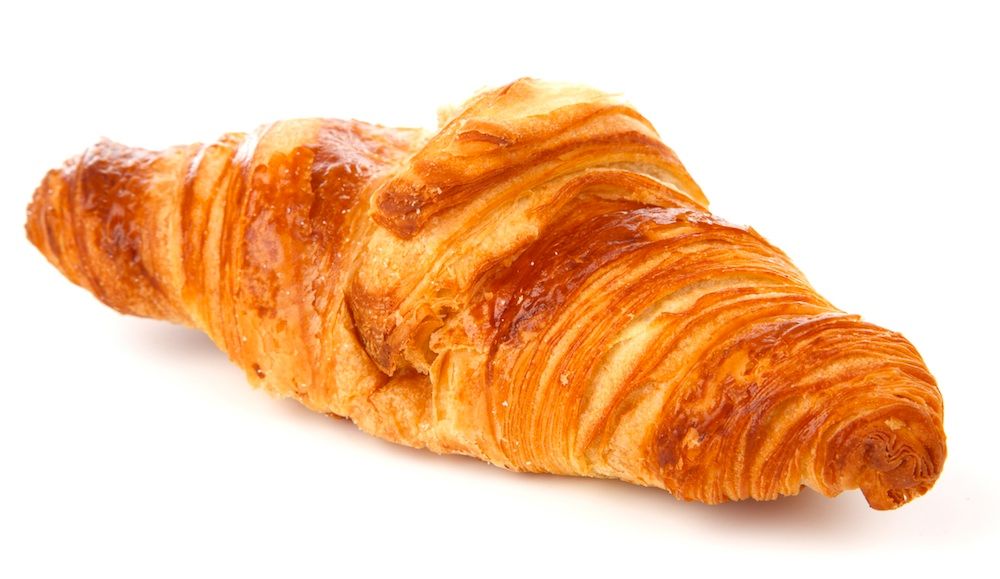
After a few weeks, the mad sugar cravings subsided. I knew I was through it when I allowed myself a tiny slice of cake on my nephew's birthday and found it far too sweet.
Stage 10: Maintenance and enjoyment
I'm far from being a model of perfection. I still have a bit padding round my waist, but I don't think now is the time to try and lose it. Winter is coming on, and I'm looking forward to winter hillwalking. I'll need that natural insulation!
And I'm still building muscle.
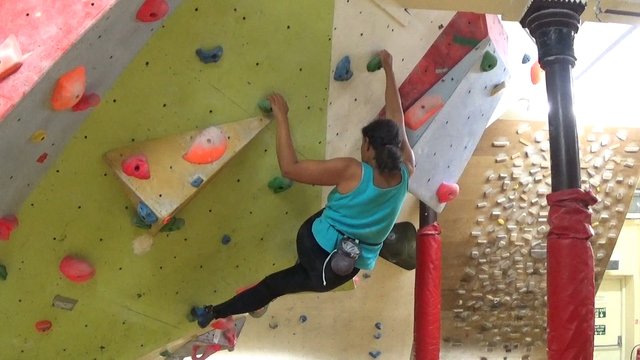
I won't work too hard at it – this is about enjoyment and feeling good. I enjoy my food, and although I've cut out almost all sugar, I sometimes have a slice of cake after a big hillwalk. Or a plate of fish and chips.
But no amount of stuffing my face can beat the feeling of feeling healthy and full of energy, as I felt on this beautiful walk last week.
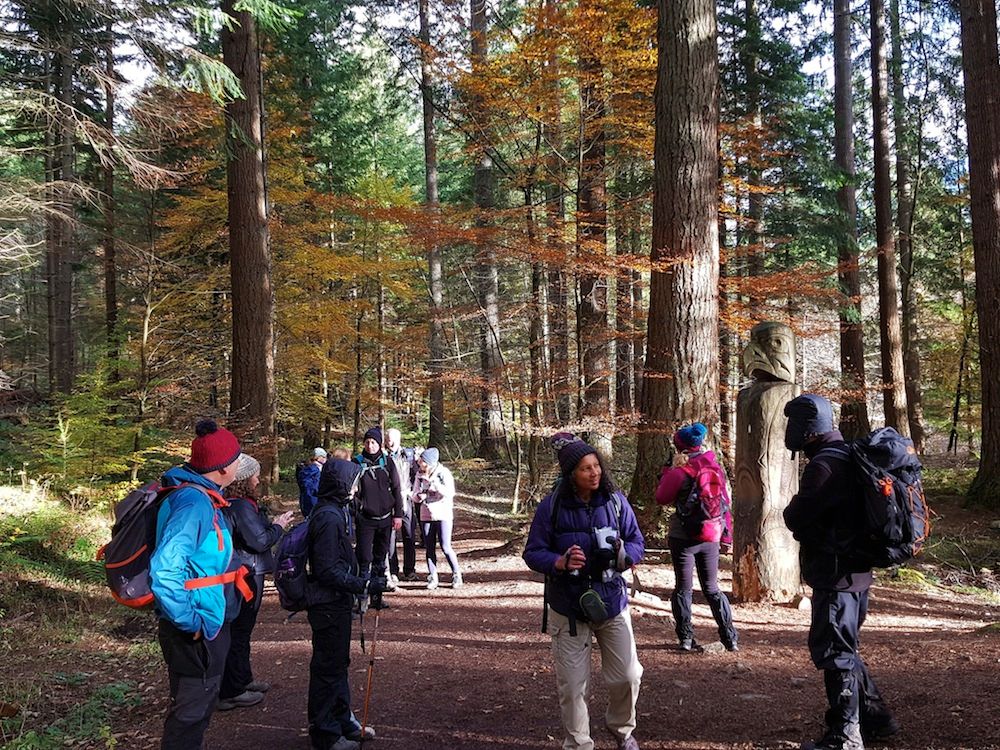
I really like your publication, congratulations. Visit my blog too and follow me the idea is to help us, also like my publications I will do the same for you.